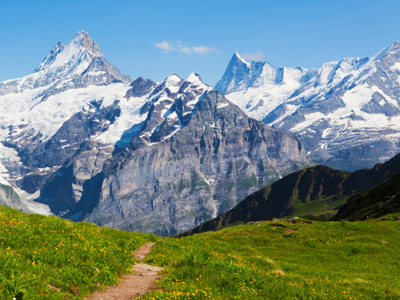

Chemistry - Earth's Crust
This Chemistry quiz is called 'Chemistry - Earth's Crust' and it has been written by teachers to help you if you are studying the subject at high school. Playing educational quizzes is a user-friendly way to learn if you are in the 9th or 10th grade - aged 14 to 16.
It costs only $19.50 per month to play this quiz and over 3,500 others that help you with your school work. You can subscribe on the page at Join Us
In high school, Science students will look at the chemical changes which have taken, and do take place on the Earth and in its atmosphere. This quiz looks specifically at the Earth's core and mantle, and at the plates which form the Earth's crust.
"If we are to believe in Wegener's hypothesis we must forget everything which has been learned in the past 70 years and start all over again."
It turned out that he was absolutely right but by the time the theory was accepted it was more like forgetting everything that had been learned in the last 120 years than the last 70!
Where the _______ meet, the Earth's crust becomes unstable as the plates push against each other, or ride under or over each other. __________ and volcanic eruptions happen at the _________ between plates, and the crust may ‘crumple’ to form __________ ranges.
Ready for more?
not all...
quizzers. Try to win a coveted spot on our Hall of Fame Page.






